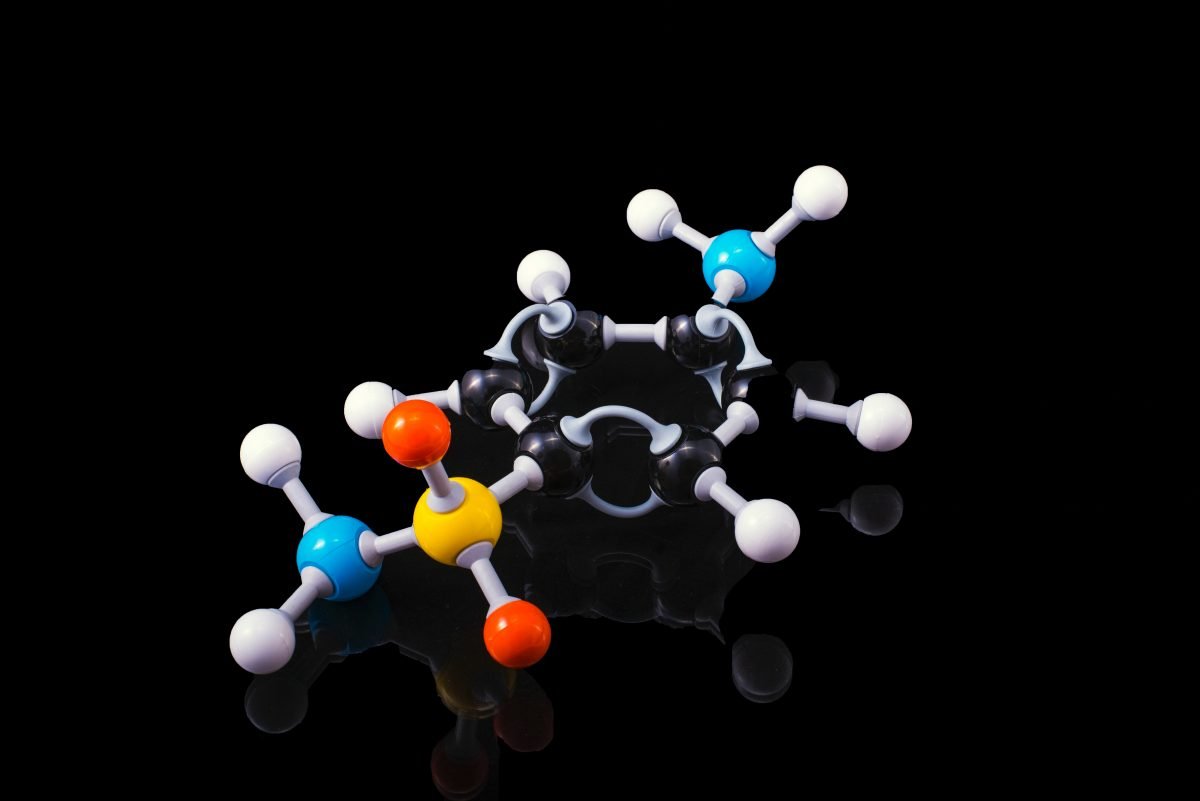IUPAC stands for “International Union of Pure and Applied Chemistry” and is a dedicated organization towards the promotion, research and development of the subject and applied matters of chemistry. Their nomenclature on the naming convention of organic chemical compounds is universally accepted and followed.
The increasingly large number of organic compounds identified with each passing day, together with the fact that many of these compounds are isomers of other compounds, requires that a systematic nomenclature system be developed. Just as each distinct compound has a unique molecular structure which can be designated by a structural formula, each compound must be given a characteristic and unique name.
An “organic compound” is the one which has “carbon” atoms/molecules as the main constituent of its structure. For example, methane (CH₄) & butane (C₄H₁₁ٖ₀). Determining organic compounds according to the IUPAC system requires up to four pieces of information


A. Recognize & prioritize the functional group(s) present. For example, for ester compounds, the suffix “-oate” is used.
B. Identify & number the longest continuous carbon chain to give the highest ranking group the lowest possible number.
C. Cite the substituents (branches) alphabetically using the numbering determined above.
D. Recognize & classify any stereochemistry (E/Z, R/S, cis/trans, etc)
Examples:
1. CH3(CH2)2CH(CH3)CH2CH3
When viewing a condensed formula of this kind, one must recognize that parentheses are used both to identify repeating units, such as the two methylene groups on the left side, and substituents, such as the methyl group on the right side. This formula is elaborated and named as follows:
The condensed formula is expanded on the left. By inspection, the longest chain is seen to consist of six carbons, so the root name of this compound will be hexane. A single methyl substituent (colored red) is present, so this compound is a methylhexane.
The location of the methyl group must be specified, since there are two possible isomers of this kind. Note that if the methyl group were located at the end of the chain, the longest chain would have seven carbons and the root name would be heptane not hexane.
To locate the substituent the hexane chain must be numbered consecutively, starting from the end nearest a substituent. In this case it is the right end of the chain, and the methyl group is located on carbon #3. The IUPAC name is thus: 3-methylhexane.


2. (CH3)2C(C2H5)2
Again, the condensed formula is expanded on the left, the longest chain is identified (five carbons) and substituents are located and named. Because of the symmetrical substitution pattern, it does not matter at which end of the chain the numbering begins.
When two or more identical substituents are present in a molecule, a numerical prefix (di, tri, tetra etc.) is used to designate their number. However, each substituent must be given an identifying location number. Thus, the above compound is correctly named: 3,3-dimethylpentane.
Learning IUPAC nomenclature comes from a lot of practice and knowing the right set of rules!
Good luck!






